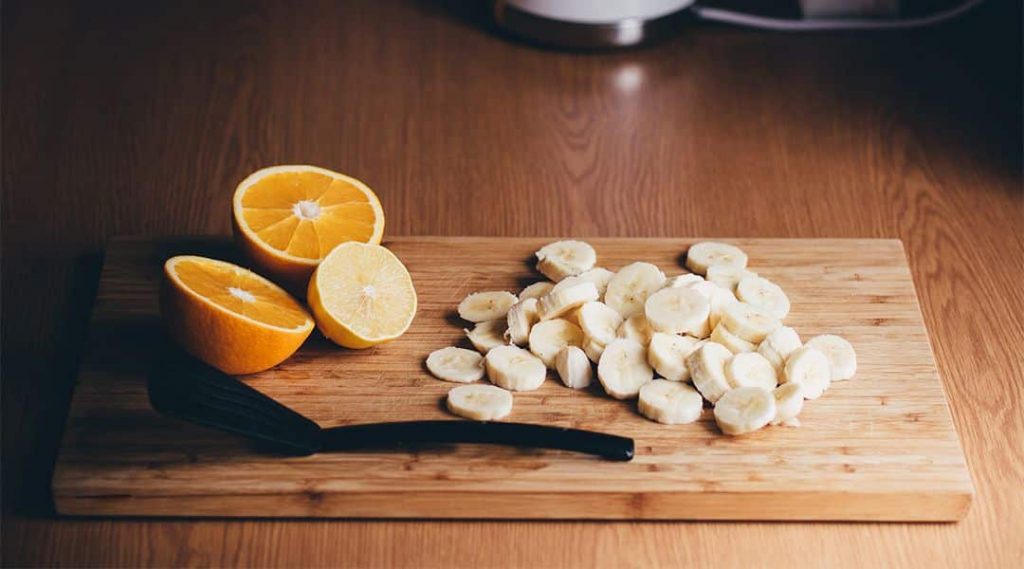Post-Painting Cleanup: The Ultimate Guide
Ah, the joy of completing a painting project and seeing your walls transformed with a fresh coat of paint. But wait, before you kick back and admire your handiwork, there’s one more important task: post-painting cleanup. Don’t worry; we’ve got you covered with this ultimate guide on how to tidy up like a pro after your painting endeavors.
1. Gather your cleaning supplies
Before you begin, make sure you have all the necessary cleaning supplies ready. Grab some old rags or microfiber cloths, a bucket of warm soapy water, a sponge or soft brush, and a gentle all-purpose cleaner. Having everything at hand will save you time and make the cleanup process smoother.
2. Protect your hands
Remember to wear disposable gloves while cleaning up. This will protect your hands from any residual paint and cleaning chemicals and keep them feeling soft and smooth.
3. Clean brushes and tools
Start by cleaning your paintbrushes and tools. Use warm soapy water to wash off any paint residue and then rinse thoroughly. For stubborn paint, you can use a brush cleaner or paint thinner. Take your time with this step, as clean brushes and tools will be more efficient and last longer.
4. Remove painter’s tape carefully
If you used painter’s tape to protect edges and corners during painting, remove it slowly and gently. Peel it back at a 45-degree angle to avoid any paint peeling or damage to your freshly painted walls.
5. Wipe down walls and surfaces
Next, wipe down your walls and any other surfaces that may have gotten splattered with paint. Use a soft cloth or sponge with the all-purpose cleaner to gently remove any paint splatters or drips.
6. Clean paint spills promptly
If you accidentally spilled some paint, don’t panic. Grab a damp cloth and gently blot the spill, being careful not to spread it further. Prompt action can prevent the paint from setting and making the cleanup easier.
7. Vacuum or sweep the floor
Once you’ve tackled the walls and surfaces, it’s time to address the floor. Vacuum or sweep the area to remove any paint chips, dust, or debris that may have accumulated during the painting process.
8. Check for missed spots
Take a step back and inspect your work. Look for any missed spots or areas that need touch-ups. If you find any, grab your paintbrush and touch up the paint carefully.
9. Dispose of paint cans responsibly
Properly dispose of any empty or leftover paint cans. Check with your local recycling or waste disposal guidelines to ensure you’re following the correct procedures.
10. Reward yourself
Phew! You’ve done it! Give yourself a pat on the back for a job well done. Admire your beautifully painted walls and take a moment to revel in the sense of accomplishment.

Disposing of Paint Waste Responsibly
Properly disposing of paint waste is not only essential for the environment but also a responsible homeowner’s duty. Here are some tips to ensure you dispose of paint waste safely and responsibly:
1. Unused paint: If you have leftover paint that you won’t be using for touch-ups or future projects, consider donating it to a local charity or community organization. Some places might accept unused paint for reuse in community projects or to help those in need.
2. Dried paint: If you have small amounts of dried paint in cans, you can let them air dry by leaving the lid off. Once the paint is completely dry, it can be disposed of in your regular household trash.
3. Recycling centers: Some recycling centers accept certain types of paint waste for recycling. Check with your local recycling center to see if they have a paint recycling program and what types of paint they accept.
4. Hazardous waste collection: If you have larger quantities of paint waste or paint that contains hazardous materials, such as oil-based paint, you may need to take it to a hazardous waste collection facility. These facilities can properly handle and dispose of hazardous materials to protect the environment.
Protecting your furniture
Painting can be messy, and it’s essential to take steps to protect your furniture and belongings during the process. Here are some tips to safeguard your furniture:
1. Move furniture: If possible, move furniture out of the room being painted. This will not only protect your furniture from paint splatters but also give you more space to work.
2. Cover furniture: For large and heavy furniture that can’t be moved, cover them with drop cloths or old bedsheets to shield them from paint drips and splatters.
3. Remove hardware: Take off any hardware, such as drawer pulls or knobs, from furniture pieces that can be removed. This will not only protect the hardware from paint but also make it easier to paint the entire surface.
4. Use Painter’s tape: Apply painter’s tape to the edges and corners of furniture pieces to protect them from accidental paint marks.
5. Use Plastic wrap: For furniture with delicate or intricate details, consider using plastic wrap to cover those areas. Plastic wrap is flexible and can conform to the shape of the furniture, providing excellent protection.
By following these tips, you can ensure that your paint waste is disposed of responsibly and that your furniture is protected from any accidental paint mishaps during your painting project. Taking these extra precautions will not only help you achieve a successful painting outcome but also promote a cleaner and more eco-friendly environment.
Why Leave Post-Painting Cleanup to the Professionals?

While DIY painting projects can be fulfilling, post-painting cleanup can be time-consuming and labor-intensive. That’s where professional interior painters like Chpainters come in to save the day. Our skilled team not only performs top-notch painting services but also takes care of the cleanup, leaving your home spotless and ready to enjoy.
Don’t let the mess deter you from painting your dream space. Reach out to us and let us handle all your painting needs, from preparation to post-painting cleanup. With our professional touch, you can have a beautiful and immaculate home without the hassle!
